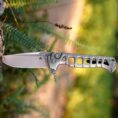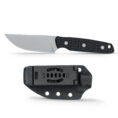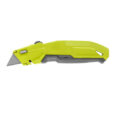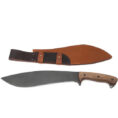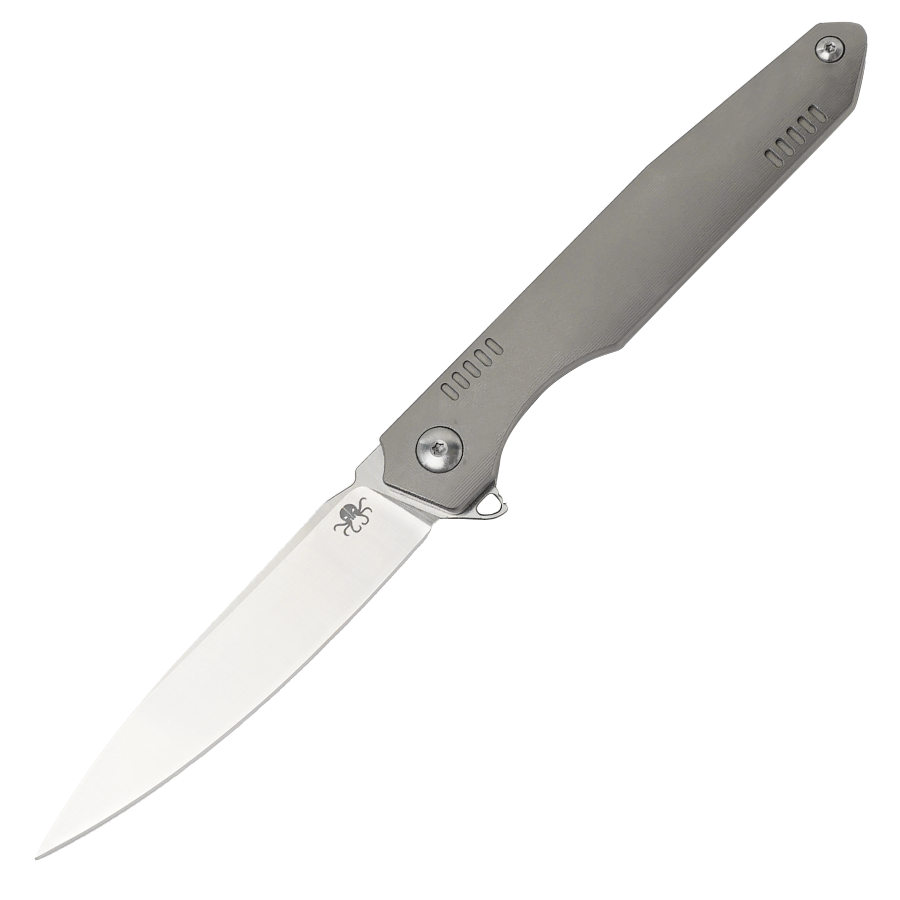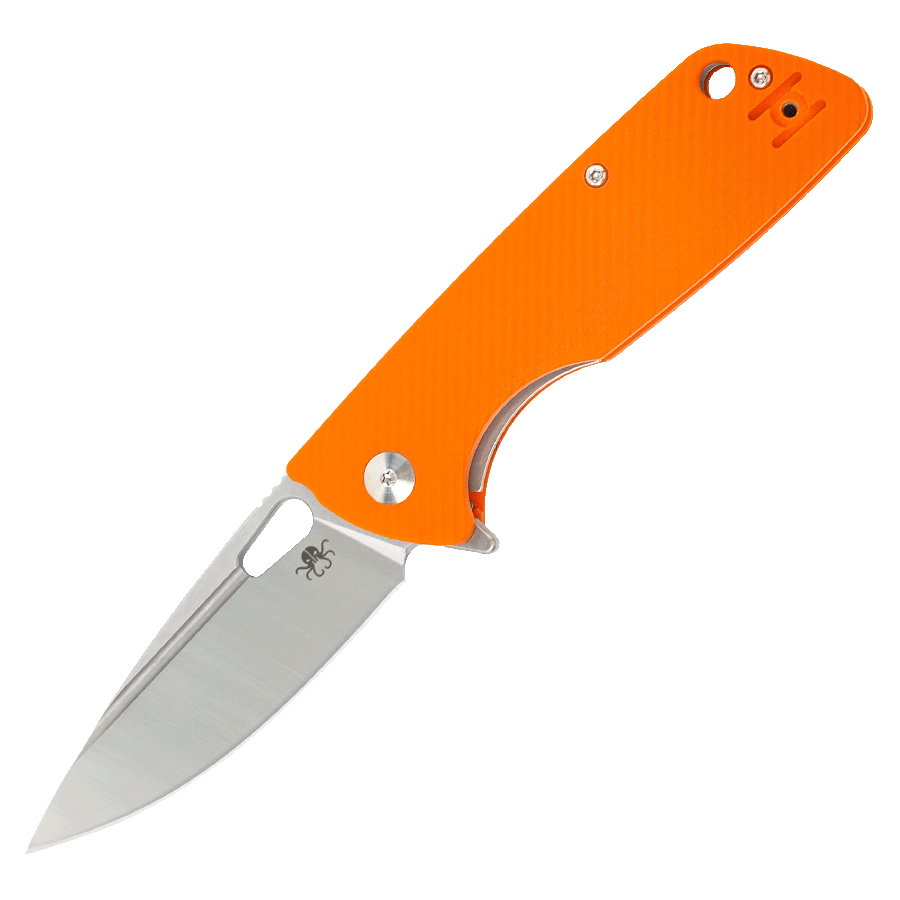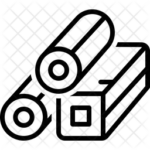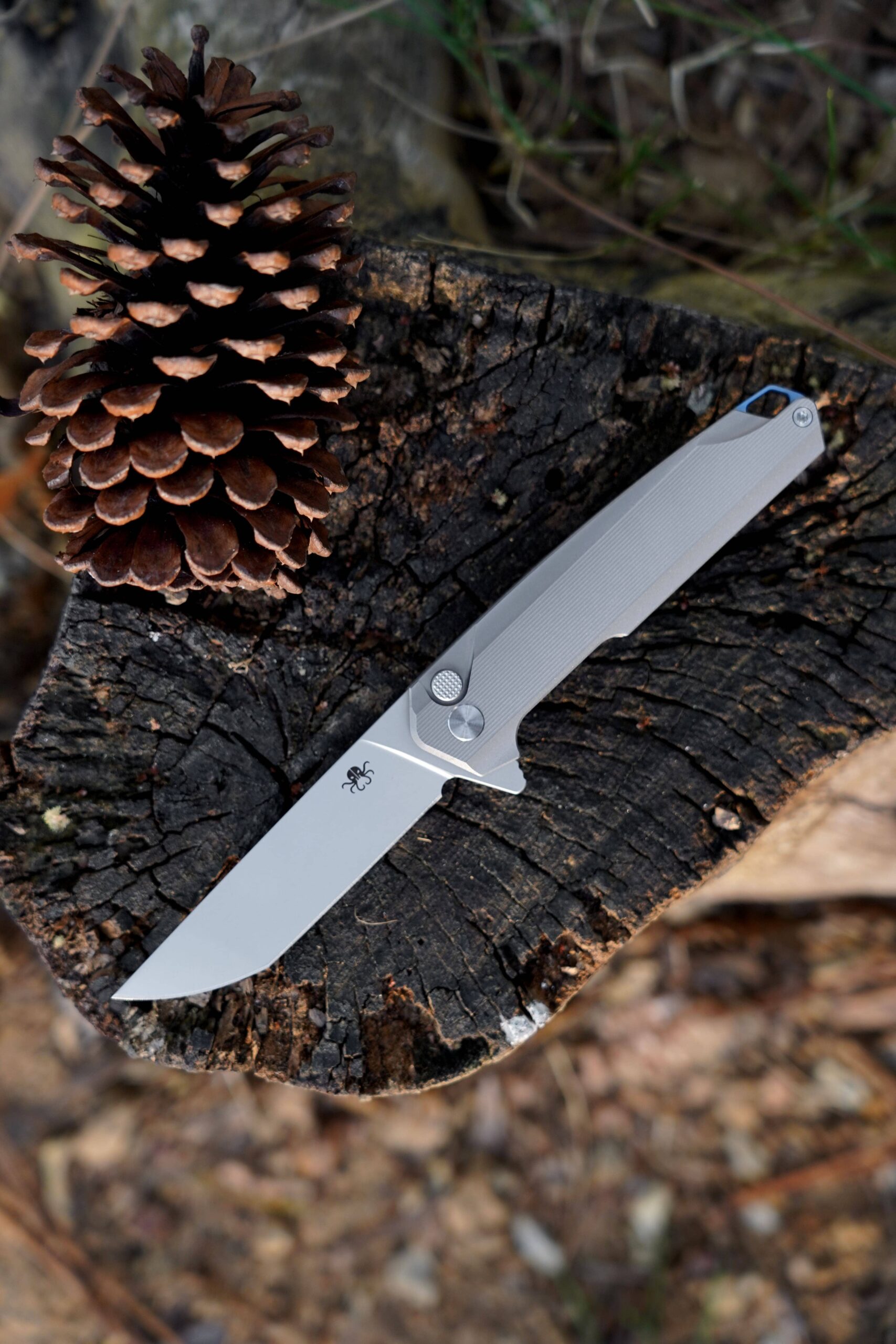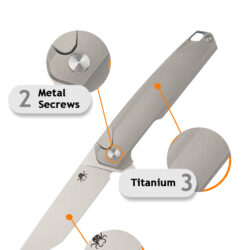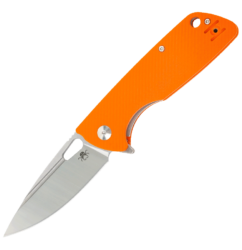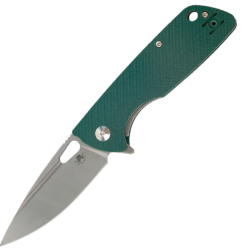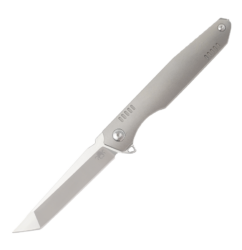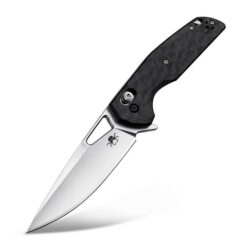How to Center a Folding Knife Blade

Folding knives are versatile tools that are widely used for various tasks, from everyday carry (EDC) to outdoor activities. One of the key aspects of maintaining a folding knife is ensuring that the blade is properly centered when the knife is closed. A centered blade not only enhances the knife’s aesthetics but also ensures smooth operation and longevity. In this article, we will discuss the importance of blade centering, the common causes of misalignment, and step-by-step instructions on how to center a folding knife blade.
Why Blade Centering Matters
Blade centering refers to the alignment of the blade within the handle when the knife is closed. A well-centered blade sits evenly between the two handle scales or liners, without touching either side. Proper blade centering is important for several reasons:
1. Aesthetics: A centered blade looks more professional and well-crafted. It reflects the quality of the knife and the attention to detail in its construction.
2. Functionality: A misaligned blade can cause friction against the handle, leading to difficulty in opening and closing the knife. Over time, this can wear down the blade and the handle.
3. Safety: If the blade is not centered, it may not lock properly when open, increasing the risk of accidental closure during use.
Common Causes of Misaligned Blades
Before attempting to center the blade, it is important to understand the potential causes of misalignment. Some common reasons include:
1. Loose Pivot Screw: The pivot screw is the main screw that holds the blade in place and allows it to rotate. If this screw is too loose, the blade may shift to one side.
2. Uneven Handle Scales: If the handle scales (the two sides of the handle) are not evenly tightened or are warped, the blade may not sit centered.
3. Worn Washers or Bearings: Folding knives typically have washers or bearings that reduce friction between the blade and the handle. If these components are worn or damaged, the blade may not align properly.
4. Improper Assembly: If the knife has been disassembled and reassembled incorrectly, the blade may become misaligned.
Tools Needed
To center a folding knife blade, you will need the following tools:
– A set of precision screwdrivers (typically Torx or hex keys, depending on the knife)
– A clean cloth or microfiber towel
– Lubricant (optional, for maintenance)
Step-by-Step Guide to Centering a Folding Knife Blade
Step 1: Inspect the Knife
Before making any adjustments, inspect the knife to determine the cause of the misalignment. Check if the pivot screw is loose, if the handle scales are uneven, or if there are any visible signs of wear on the washers or bearings.
Step 2: Disassemble the Knife (if necessary)
If the misalignment is due to uneven handle scales or worn components, you may need to disassemble the knife. Use the appropriate screwdriver to carefully remove the screws, starting with the pivot screw. Keep track of all the components, including washers, bearings, and spacers, to ensure proper reassembly.
Step 3: Clean and Inspect Components
Once the knife is disassembled, clean all the components with a clean cloth. Inspect the washers or bearings for signs of wear or damage. If any components are worn, consider replacing them with new ones.
Step 4: Reassemble the Knife
Reassemble the knife, starting with the blade and washers or bearings. Make sure the blade is properly seated in the pivot area. Then, reattach the handle scales, ensuring they are evenly tightened. Do not fully tighten the screws at this stage.
Step 5: Adjust the Pivot Screw
With the knife partially assembled, focus on the pivot screw. Slowly tighten the pivot screw while opening and closing the knife to test the blade’s movement. The goal is to find the right balance where the blade moves smoothly without being too loose or too tight.
Step 6: Check Blade Centering
Once the pivot screw is adjusted, check the blade centering. Close the knife and observe the position of the blade between the handle scales. If the blade is still not centered, make small adjustments to the pivot screw or handle scales until the blade sits evenly.
Step 7: Tighten All Screws
Once the blade is centered and the knife operates smoothly, fully tighten all the screws. Be careful not to overtighten, as this can strip the screws or damage the knife.
Step 8: Lubricate (Optional)
If desired, apply a small amount of lubricant to the pivot area to ensure smooth operation. Wipe away any excess lubricant to prevent dirt and debris from accumulating.
Tips for Maintaining Blade Centering
– Regular Maintenance: Periodically check the pivot screw and handle scales to ensure they remain tight and even.
– Avoid Over-tightening: Over-tightening the pivot screw can cause the blade to bind, making it difficult to open and close.
– Use Quality Components: If you need to replace washers or bearings, opt for high-quality components to ensure proper alignment and smooth operation.
Conclusion
Centering a folding knife blade is a straightforward process that can significantly improve the knife’s performance and appearance. By understanding the causes of misalignment and following the steps outlined above, you can easily maintain your folding knife in optimal condition. Regular maintenance and careful adjustments will ensure that your knife remains a reliable tool for years to come.

